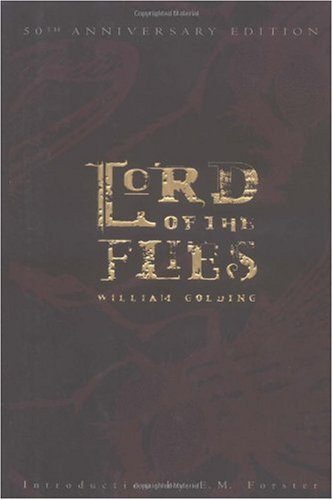All Nonfiction
- Bullying
- Books
- Academic
- Author Interviews
- Celebrity interviews
- College Articles
- College Essays
- Educator of the Year
- Heroes
- Interviews
- Memoir
- Personal Experience
- Sports
- Travel & Culture
All Opinions
- Bullying
- Current Events / Politics
- Discrimination
- Drugs / Alcohol / Smoking
- Entertainment / Celebrities
- Environment
- Love / Relationships
- Movies / Music / TV
- Pop Culture / Trends
- School / College
- Social Issues / Civics
- Spirituality / Religion
- Sports / Hobbies
All Hot Topics
- Bullying
- Community Service
- Environment
- Health
- Letters to the Editor
- Pride & Prejudice
- What Matters
- Back
Summer Guide
- Program Links
- Program Reviews
- Back
College Guide
- College Links
- College Reviews
- College Essays
- College Articles
- Back
Lord of the Flies by William Golding
Boys or Beasts
As seen across the history of human kind, the evil nature of humans can sometimes consume us. In his classic novel, Lord of the Flies, Golding uses imagery, syntax, and diction to express his message: Rules and order are what keep human kind from becoming savage and turning against one another.
The absence of authority often results in the degradation of society and the environment in which it resides. In its natural state, the island was a beautiful place, with beaches that were “invested” with “glamour.” However, it was soon destroyed by the incivility of a group of primitive children, leaving the island as nothing but “burning wreckage” that was scorched up like dead wood.” This contrast articulates the havoc, the annihilation that was the doing of a heedless band of children. Like a winter blizzard that squeezes life from an orchard, the island was turned into a barren wasteland by the boys’ evil nature. Not only were they destroying themselves, but also their surroundings.
Upon his arrival on the island, the officer “visualized” the display that was the boys’ war. In genuine shock he asks, “You’re all British, aren’t you?” The officer is confused by the situation before him, appalled that people so civilized could become so savage. Paralyzed by the sight of an adult, Ralph has a “fleeting” image of the island. As if pulled into a trance, Ralph recalls the once beautiful island before it was decimated. Golding’s use of diction elevates the effect of the boys slowly being pulled back to reality.
In the presence of the British officer, Ralph beings to cry uncontrollably, “infected” by his emotions. This wave of emotion is slammed upon him by the sudden realization of the events that occurred on the island. Brought back into the light of civilization, Ralph is overwhelmed by his feelings-a weakness-that he sought to bury. The human sentiment that would not of allowed him to survive. As Ralph’s emotions begin to flow, he “[shudders]” with “spasms of grief.” Shaken by the events, Golding’s imagery depicts the traumatizing effect of the happenings on the island. The “filthy” bodies, “matted” hair, and “unwiped” noses of the boys illustrate the boys’ immaturity. These images show that the savages are still, in fact, children unable to care for themselves in an environment free of adult guidance.
The boys’ illusion of freedom on the island slowly begins to fade as they succumb the savagery. Without the guidance from the adult world, the young boys are plunged into chaos and disorder. Eventually, they are consumed by the evils of humanity leaving nothing but death and despair. With these events, Golding stresses the fact that leadership and the structure instituted by society is what preservers the civility of the human kind.
Similar Articles
JOIN THE DISCUSSION
This article has 0 comments.

